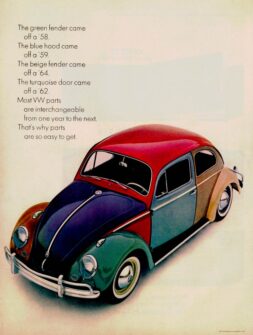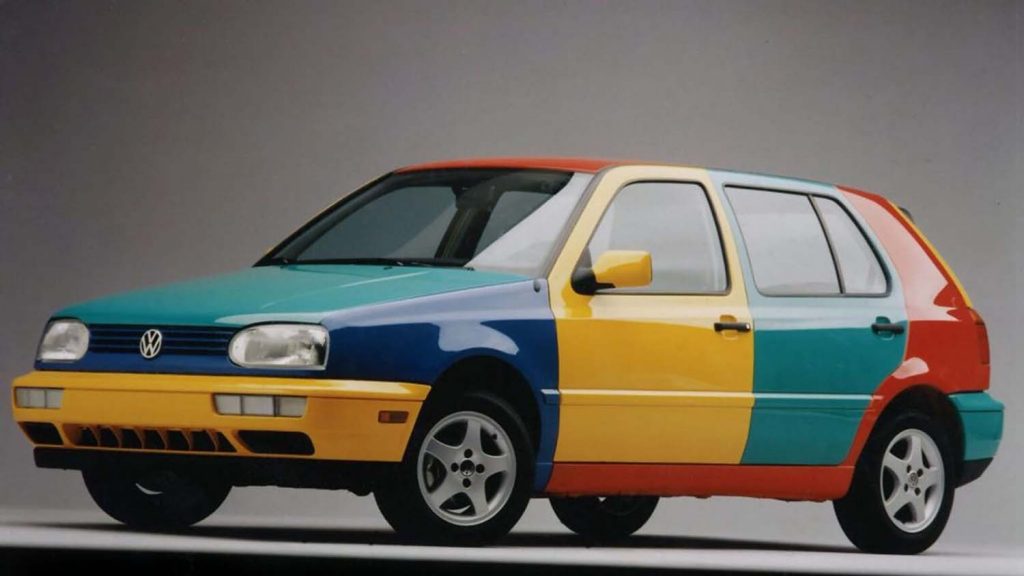While lockdown has meant time to fix all those items on the ‘that can wait’ pile, it has also necessitated a dive into the world of spare parts for Al Dean, who wonders if now is a good time for the ‘right to repair’ movement
Elsewhere on this site, there’s a feature looking at what the EU’s forthcoming Right to Repair legislation might mean for manufacturers. In short, it looks likely they’ll need to ensure their appliances last longer and be ready to provide spare parts for up to a decade.
For now, this applies to washing machines, dishwashers, refrigerators, televisions and lighting. But there are moves all across the world to make those companies that build all kinds of products responsible for their longevity. And if they want to be able to sell into these territories, then they’ll need to factor repairability into their design and engineering workflows and best practices.
Of course, it never used to be this way. The manufacturing industry rapidly moved from ‘making things up as we go along’ and ‘everyone does it differently’ in its earliest mechanical engineering work, to realising that standardisation makes everything a little bit easier for everyone.
When it comes to threads, fastener forms and much more, manufacturers have all bowed to standardisation eventually. If we could only convince our American cousins to move to metric, we’d be set.
So what of standardisation within product ranges? Modularisation and platform approaches are nothing new.
The reuse of components has been a driving factor for years, internally and between vendors. A quick look at the automotive market shows that platform-sharing is common and has been for decades.
So why is it that when I need to repair my lawnmower, I can’t just buy a few blades from Bosch or whoever?
Instead, I need to identify not only the product number, but also the variant. If you can remember when you bought your lawnmower, you’re a better person than I. Surely there’s a better way?
One example of how things could have been was the venerable Volkswagen Beetle. With a development history that suggests we should probably burn our copies of Herbie Goes Bananas, it emerged in the post-war era to become a symbol of democratised personal transportation.

A period print advertisement from the 1960s showed off how standardised the car was. As you can see from the reproduction from the right, it was possible to swap components from different years with ease. (Though in practice, as I found in my formative car-tinkering years, a blue hood off a ‘59 model roughly translated to: “And you’ll need to drill out the mount holes again to fit it back onto anything made after 1960.”)
That said, the interchangable nature of VW parts was something to admire. I’m sure it’s much the same these days.
Your Skoda has the same switch gear as your VW, your Audi or even that god-awful Porsche Cayenne that’s parked outside the school every day.
Perhaps as we come to realise the wasteful nature of how we live, things will change. I’d like to hope they will, but somehow, the rampant nature of human consumption probably means they won’t – until it’s too late.
In the meantime, let’s all try to be more ‘60s VW’. Let’s design parts that can be easily replaced and that incorporate some kind of interchangeability.
Otherwise, you’ll end up with a result like the one VW created, inspired by the Beetle ad all those years ago.
If anyone else remembers the Golf Harlequin, you’ll know exactly what I mean.






